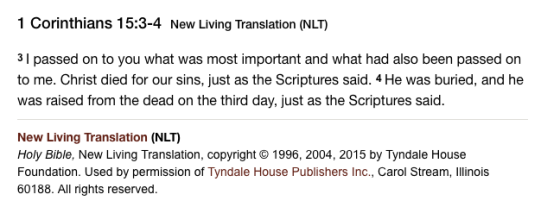| by Paul Williams |
The classic example of eisegesis is found in the gospel of Paul in his letter 1 Corinthians 15:

Yet there is certainly absolutely NOTHING about a suffering and dying Messiah in the Jewish Bible (Paul's Scriptures). It is an innovation
read back into the Bible - eisegesis as opposed to exegesis.
Definition of eisegesis: the interpretation of a text (as of the Bible) by reading
into it one's own ideas.
Compare exegesis:
Definition of exegesis: exposition, explanation; especially an explanation or critical interpretation
of a text.
But what about the gospel of Luke? Christian minister Professor Tuckett of the University of Oxford comments,
'Luke clearly states that it is in his capacity as the christos that Jesus has suffered. Thus the risen Jesus in Luke 24 explains to the disciples on the road to Emmaus that the sufferings of the Messiah are all foretold in the Old Testament (24: 26-7), and this motif is repeated in Acts (Acts 3:18; 17:3: 26:23). It is in fact not easy to find much about a 'messianic' figure explicitly in the Old Testament anywhere; but there is certainly nothing about a suffering messianic figure. The claim that 'the Messiah must suffer' seems to be a Lukan innovation, at least insofar as it makes the explicit claim that suffering is predicated of 'the Messiah' in Jewish scripture.'
Christopher Tuckett, Christology of the New Testament: Jesus and His Earliest Followers,
p. 142.
In a footnote Professor Tuckett writes:
'Appeals to the description of the suffering servant figure of Isaiah 53 are not relevant here: the figure of Isaiah 53 is not said to be a messianic figure.'

No comments:
Post a Comment